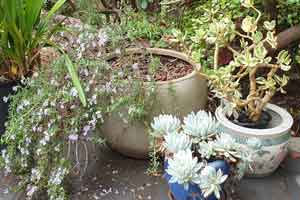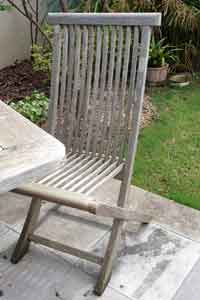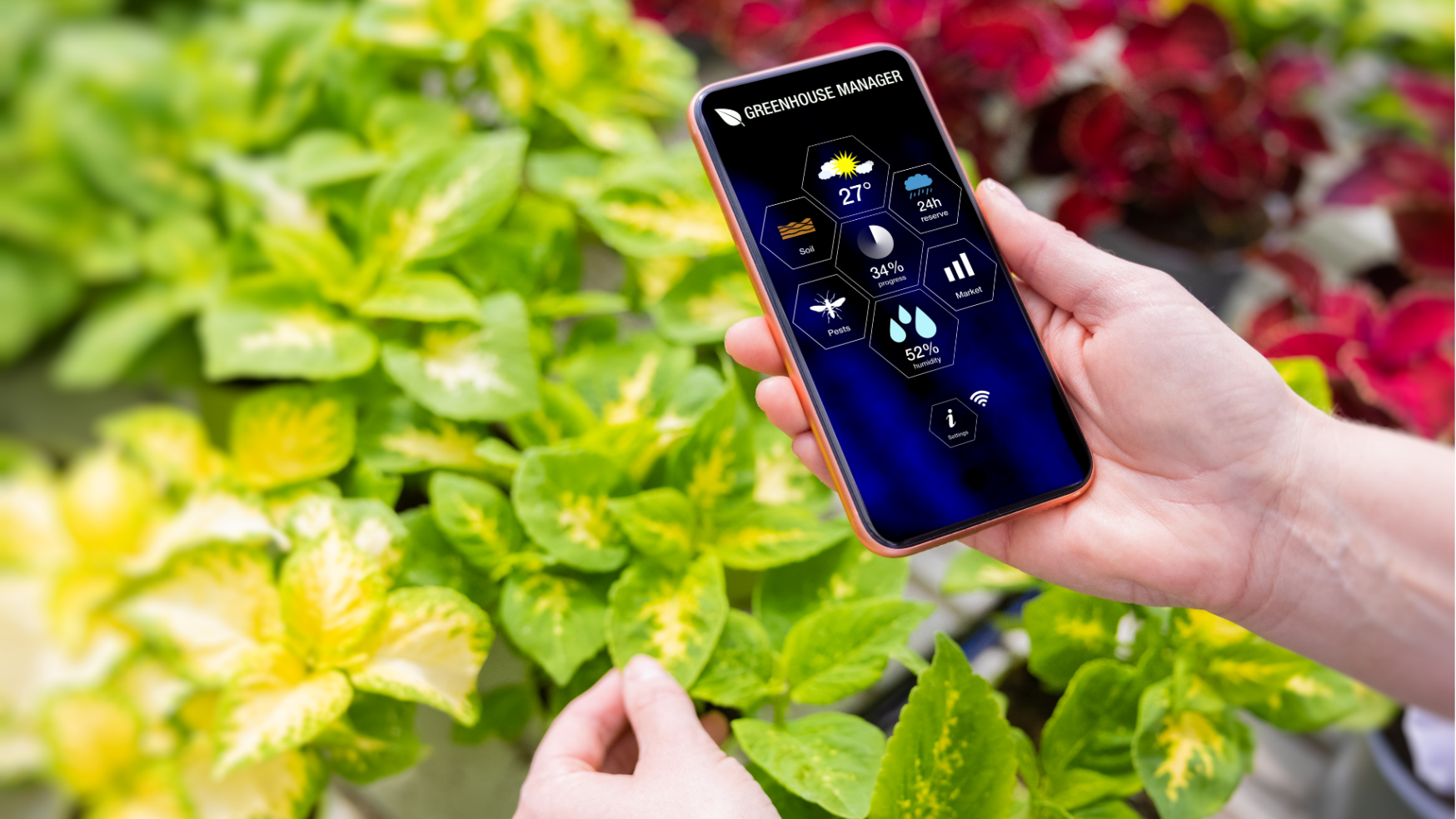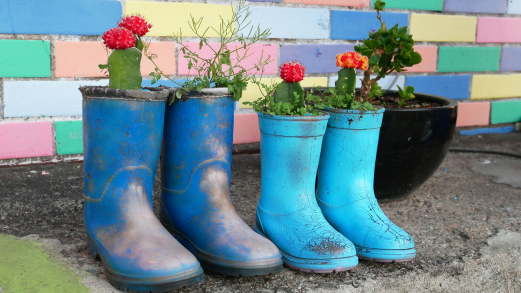How do we reduce use of plastic in the garden even though it is so useful? Unfortunately, it is polluting and causes much environmental damage. Although many councils recycle plastics, most do not permit garden pots in recycling bins and have either special collection points for them or you must seek out an independent pot recycler.
But it is not just pots that are a problem, there are other items used in gardens that are made of plastic and must also be considered.
Why recycle plastic?
Even those seemingly solid and recyclable polypropylene plastic products produce materials that find their way into oceans where they are a growing pollution problem. When most common plastics break down they form microplastics and drift far way into surface ocean swirls where they are ingested by fish and end up in the food chain eventually into animal flesh which humans and other organisms eat1.
What is the difference between biodegradable and compostable plastic?
Many pots and other plastic products are now manufactured to be either biodegradable or compostable. But those two words do not mean the same thing, so don’t confuse them even though they plastics labelled with either are able to be broken down into their constituent chemical components. But the processes for that happening are different and yield different results2.
Compostable materials will break down into humus IF they are in a situation where the composting process can take place i.e. temperature, moisture, oxygen and presence of microorganisms are just right. They create rich soil and they will not result in long-lasting microplastics.
Biodegradable products will break down naturally, even in landfills in the absence of oxygen – given enough time. However, toxic components may still be present3.
So, if we need/want to use plastic, it is better for the planet if we choose compostable plastics if they are available.
Alternatives
To be even more sustainable in the garden, we can seek out alternatives to plastic:
Fabric and other “eco-friendly”pots
Watch out for so-called biodegradable or eco-friendly products. However some, like certain grow-bags are made from plastics like polypropylene which is derived from fossil fuels3. Unless such products are “certified compostable” they will not completely break down. Instead look for pots made from coir (coconut fibre) or manure. There are also compostable pots made from peat but SGA does not recommend all of these since peat may be obtained from endangered peat bogs.
However, remember that all these pots are manufactured for a single use.
Long lasting pots
Old plastic pots
There are a number of things that can be used many times over and old pots can be re-used many times if they are properly cleaned between uses. This re-use reduces the overall load of plastic on the environment. Such pots can frequently be found in local waste collections, but make sure you sterilize them before use.
 Pots made from other materials
Pots made from other materials
Try pots made from wood fibre, porcelain, clay i.e. terracotta, or old wooden barrels (as long as they are not made from fresh new wood) .
SGA’s supporters have supplied us with a range of ideas for upcycling old household material including old boots and kettles.
Other Garden Items
There are alternatives for other garden items that are commonly  made of plastic. This is particularly so for furniture where timber and metal and glass are less polluting alternatives. SGA reviewed those here.
made of plastic. This is particularly so for furniture where timber and metal and glass are less polluting alternatives. SGA reviewed those here.
Other ideas for avoiding or recycling plastic:
For growing from seed:
-
-
-
- Egg containers
- Yoghurt pots and other plastic containers that have contained food purchased from supermarkets. Just drill or punch holes in the base.
- Containers from supermarkets for berries. They have holes already in them. Just put some paper that was destined for the recycling bin on the base to prevent soil from escaping – water will drain through. And since they have lids with holes, they also serve as mini-greenhouses.
-
-
For labelling pots:
- Paddlepop sticks – use soft black pencils to write. The sticks can be re-used by removing the writing with a rubber.
- Old plastic spoons or knives which have been lying around – write with waterproof pen.
If we use our imaginations, there are so many ways that we can reduce plastic in the garden!
References
-
- Michael Gross. ScienceDirect ( 2015) Oceans of Plastic. R993 – 96
- https://www.oceanwatch.org.au/uncategorized/compostable-vs-biodegradable/
- https://en.wikipedia.org/wiki/Biodegradable_plastic
Related Articles:
Citizen Science: A Pathway to Gardening Success and Biodiversity Conservation
In recent years, the realm of science has experienced a remarkable transformation, one that invites people from all walks of life to participate…
A Sustainable Gardener’s Guide to Thrifty Gardening
Creating an eco-friendly and cost-effective garden involves more than just nurturing plants; it's about adopting a sustainable approach that…




